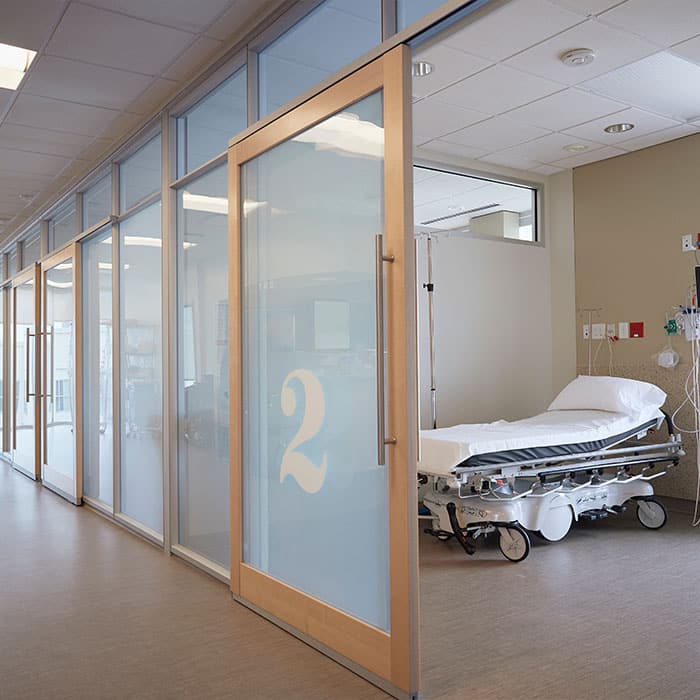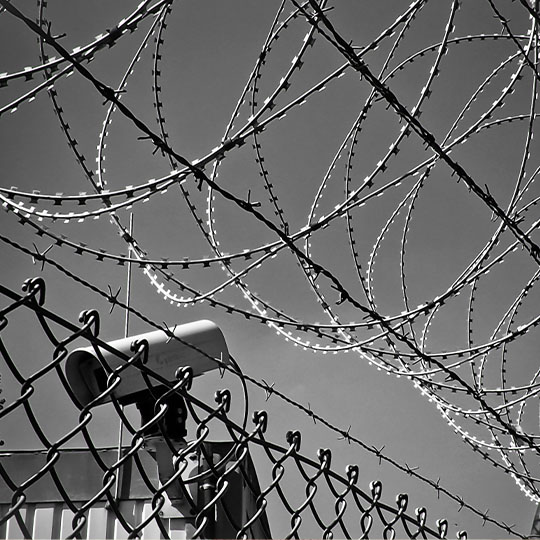Case Study
New York State Medical Facility
Project Overview
Location
New York, NY
Building
New York State Medical Facility
Aeroseal Contractors
Aeroseal, LLC
Goal
Reduce duct leakage for substantial energy savings and better HVAC performance
Before Aeroseal
29,836 CFM of leakage
After Aeroseal
870 CFM of leakage
Results
Seal ductwork to 97% leakage reduction; Save $22,694 in annual energy usage/costs
New York Medical Building Improves HVAC Performance, Saves Energy Using Aeroseal
Aeroseal Worked with ESCO and Facilities Staff to Improve HVAC Performance and Energy Efficiency at a New York State Medical Building.
There were two primary things that made this project such a success. First, flexibility. The Aeroseal team knew they couldn’t just come in and shut down equipment or section off the hospital to get their work done. Second, was planning. The preparation put into this project before the sealing even began was extraordinary and reflected the team’s understanding of the special requirements demanded by this unique environment. All of the advantages of the technology itself, implemented by a team that understood and met the unique requirements of a hospital environment made this a tremendous success.
ESCO Facility Director
After an inspection of the ductwork and static pressure testing, Aeroseal had the data it needed to make its energy savings and return on investment (ROI) estimations using its proprietary Aeroseal ductwork energy savings model.
The ESCO and facility management for this project highlighted how “the veracity of Aeroseal’s energy model and the leakage rates the project crew was able to obtain through the computer-controlled test-and-seal process gave us more confidence that the estimated savings would be on target. Watching the process, it was less about typical guesswork (associated with manual sealing) and more about experienced testing and extrapolations. It was backed up with a guarantee that we would get the level of ROI estimated by the final calculations.”
However, estimated energy savings were only half the battle. The duct sealing also had to be performed safely with little to no disruption to the hospital’s day-to-day operations. After reviewing the patented Aeroseal process, including safety, longevity, results, and impact on their operations, hospital administrators gave the green light. The Aeroseal team implemented its project plan to seal the five separate duct systems, consulting with hospital personnel every step of the way.
Staff from each unit involved knew when and where the work was taking place well in advance. They received continual updates throughout the project and were kept abreast of any new developments as they arose. Effective and ongoing communication with the administration and the facility managers as well as the staff was key to project success.
Another big advantage of the Aeroseal system is that it makes the entire duct system easy to access. Sealing from the inside-out eliminates the need to tear down walls, expose ceilings or tear off insulation in order to access the leaks. Not only does this account for the highly effective nature of Aeroseal compared to mastic/tape, it also eliminates the majority of disruptions associated with traditional duct sealing using hand sealing methods alone. Especially in a hospital environment, minimizing the risks associated with structural demolition was key.

Results
When the project was complete, Aeroseal provided facility management with the Aeroseal Certificate of Completion, a detailed report showing pre-seal and post-seal duct leakage. The pre-seal leakage rate of 29,836 CFM (cubic feet per minute) was reduced to 870 CFM (97% leakage reduction). Even better, the actual reduction was 4% greater than the originally modeled estimate. Using the Aeroseal certificate, the ESCO/facility manager was able to show his clients an annual cost savings of $22,694. This savings was based on reduced air loss and lower fan speeds that can occur after sealing ductwork using Aeroseal. Bonus, payback for this project was anticipated to be less than seven years.
Beyond ECM, Aeroseal proved to be a successful retro-commissioning measure (RCM) for this ESCO project too. The sealing process provided immediate improvements to the comfort level within the hospital. Doctors and other staff members commented on the improvement that Aeroseal made to ventilation and temperature control.







